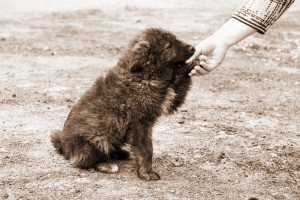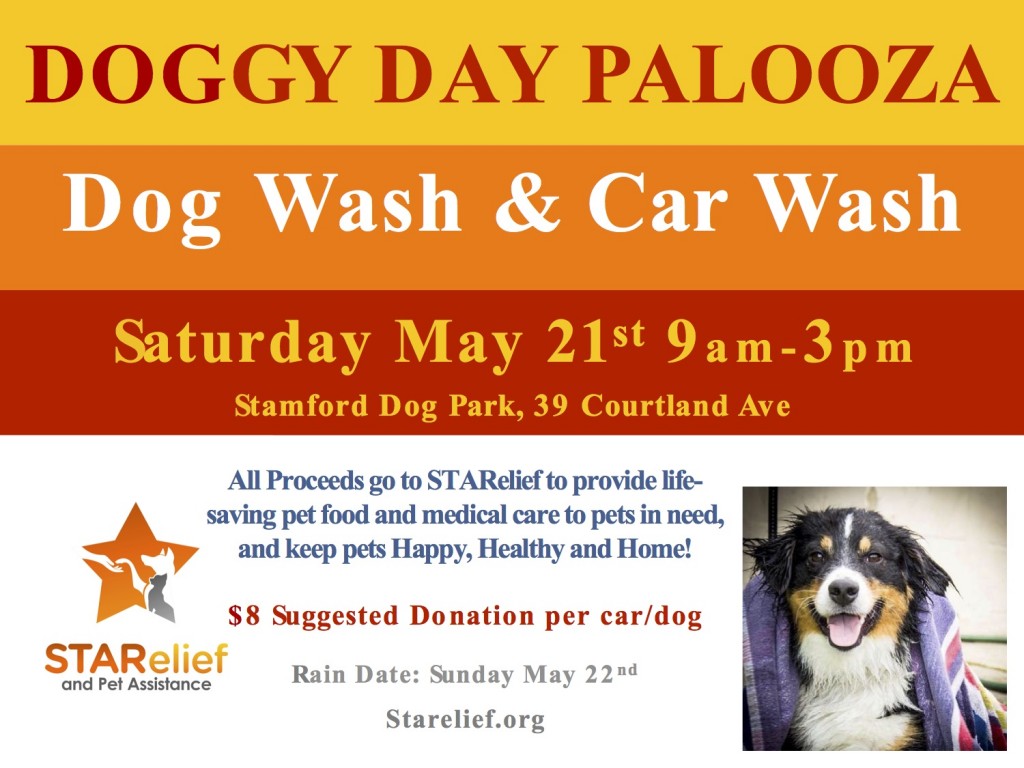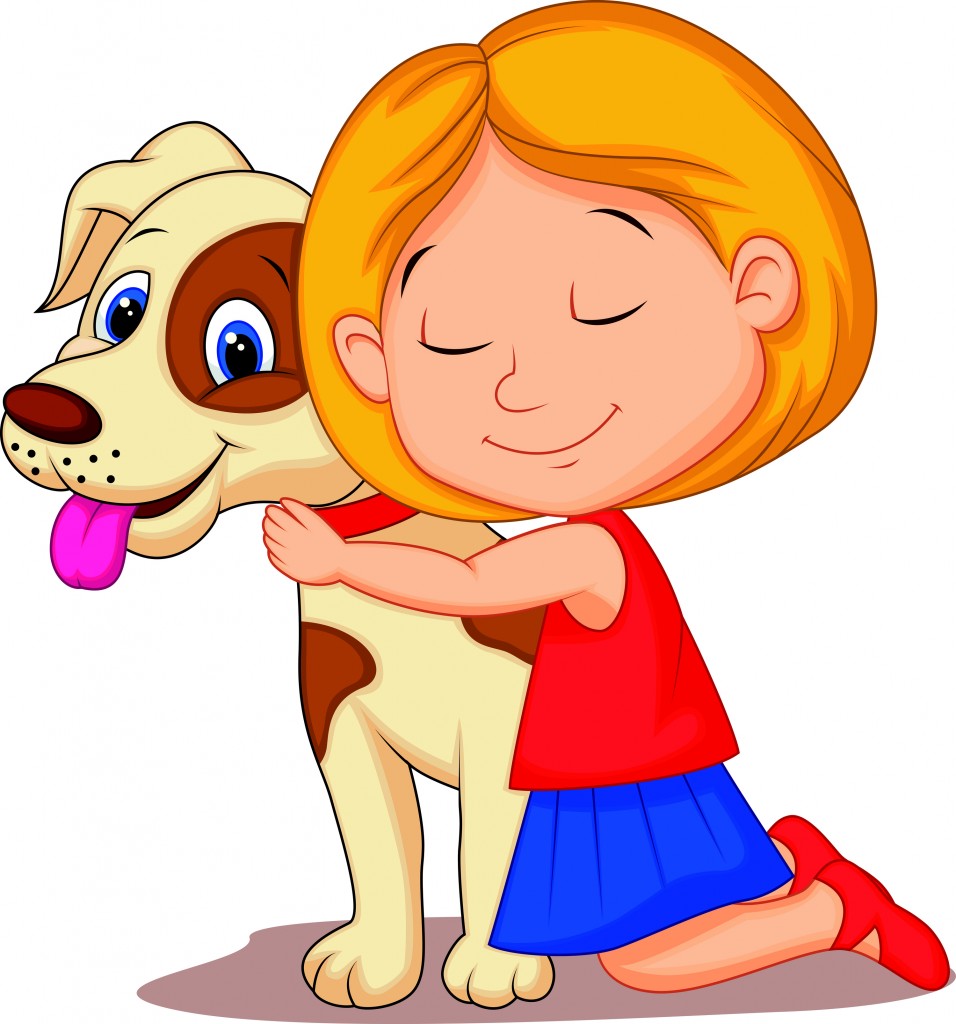For sponsorship opportunities, please contact Pam Kelly at pam@starelief.org
Tag Archive for happy home
Be Special: Adopt a Dog with special needs
Their bodies may be imperfect, but their spirit remains intact.
So it is said about the special needs dog. Although caring for one can be challenging, more and more people are opening their hearts and their homes and adopting them. For this reason, more and more dogs who might otherwise be euthanized are being given a new “leash” on life.
 Experts stress the importance of not viewing special needs dogs as “handicapped.” Although they have certain limitations (including partial paralysis, three leggedness, blindness or deafness), they’re not “aware” of them, and can be as active and affectionate as any other dog.
Experts stress the importance of not viewing special needs dogs as “handicapped.” Although they have certain limitations (including partial paralysis, three leggedness, blindness or deafness), they’re not “aware” of them, and can be as active and affectionate as any other dog.
Adopters of special needs dogs insist the rewards outweigh the work. Many use social media to share their experiences, to interact with owners like them, and to encourage others to adopt. They don’t see these dogs’ medical or physical problems as a shortcoming, and don’t believe it makes them any less of a dog.
Those interested in adopting a special needs dog should first fully inform themselves about that dog’s condition, limitations, and maintenance. This includes meeting with their vet, requesting a tutorial on administering medications, and asking if they will make house calls. If not, they should ask to be referred to someone who will.
The quality of life for special needs dogs has been greatly enhanced by the growing number of products available to their owners.![]() There are pet diapers, no-slip boots, orthotic braces, prosthetics, and front, back, combination and amputee harnesses. Ramps, pet steps, pet stairs and pet carts. Adjustable pet wheelchairs that can accommodate dogs weighing up to 180 pounds. And because partially paralyzed pets frequently get carpet burns when out of their chairs, there are washable, heavy-duty “drag bags” to protect their back ends.
There are pet diapers, no-slip boots, orthotic braces, prosthetics, and front, back, combination and amputee harnesses. Ramps, pet steps, pet stairs and pet carts. Adjustable pet wheelchairs that can accommodate dogs weighing up to 180 pounds. And because partially paralyzed pets frequently get carpet burns when out of their chairs, there are washable, heavy-duty “drag bags” to protect their back ends.
Sadly, dogs who are blind or deaf have been characterized as aggressive, unpredictable, untrainable, prone to other health issues, and even a shorter life span. Studies, however, have proven otherwise. They have shown that despite their obvious deficiencies, these dogs are generally quite healthy and capable of living long, otherwise normal lives. And that, whether blind or deaf, they are no more aggressive, unpredictable or untrainable than sighted or hearing dogs.
Blind dogs are trained through the use of both sound and scent cues. By relying on their highly developed sense of smell, their noses let them know where and what things are, and when combined with their owners’ reassuring voice and touch, helps them live as normally and comfortably as possible.
They quickly learn and “map out” their surroundings, and for added protection, have their own “go to” place, created by putting their food and water bowls, doggie bed, kennel, and several favorite toys (squeaky toys or ones with bells inside are best) on a distinctive mat, and never moved. A carpeted runner or large area rug provides them with safe play area because the traction is good and the edges clearly discernible.
Sharp edges on furniture can be padded with bubble-wrap or foam pipe insulation to help prevent injury. Any stairways should be baby-gated, and a textured mat laid before each one to alert the dog to the gates’ proximity. And all outside activities, from pottying to playing, should be done either in a securely fenced yard or securely on leash.
Deaf or hard-of-hearing dogs are trained through the use of sign language or hand signals with treats as reinforcement. Vibrations are also used, such as walking with a “heavy foot” if their attention is elsewhere, and stomping close to their bed or near their head to waken them rather than touching and startling them. Lights can also be used as a teaching tool to get their attention, but, of course, this works best as night.
Since they bond instantly with their owners, placing their trust and safekeeping in their hands, deaf dogs always look to them for guidance and follow where their owner leads. As with blind dogs, all outside activities, from pottying to playing, should be done either in a securely fenced yard or securely on leash.
Because there is nothing inherently “wrong” with them, deaf dogs can do almost anything hearing dogs do. Many of them excel at agility and obedience, and make excellent therapy dogs.
As the owners of special needs dogs readily agree, their own lives have been irrevocably changed. By the sweetness and determination of the animals they adopted. By the smiles they elicit and the kisses they distribute. And most importantly, by the inspiration these dogs provide, not only for them, but for everyone around them.
————————————————————————————————————————————————————-
Article by Nomi Berger
Nomi is the best selling author of seven novels, one work of non-fiction, two volumes of poetry and hundreds of articles. She lives in Toronto, Ontario, Canada with her adopted Maltese, Mini, and now devotes all of her time volunteering her writing skills to animal rescue organizations throughout Canada and the USA.
How does STARelief make a difference?
Often you see STARelief events, fundraisers and more on our Social Media pages. So how do these translate into the success stories that we share? How does our organization identify whom to assist and how do we use the funds we collect? This post is an insight into how STARelief hopes to make a difference in the lives of a pet family in need.
Why we do what we do
We at STARelief, believe that no pet family should have to give up their pet due to financial constraints. Many of our volunteers previously worked at shelters and realized that many families end up surrendering their pets because they could no longer afford to care for their ailing pets. Having to choose between feeding one’s self and caring for one’s pet is a position no one should be in. And it was from this belief that STARelief was born. You can read more about our work here.
How we do it: Fundraising and Pet food pantry
 STARelief is a completely volunteer run organization. All the funds we get go into helping pet owners who cant afford to care for their pets. We participate and host events which is our main source of funding. Recently we participated in New Canaan Dog days, where we were able to raise aid money. We also partner with others (like Web Thrift Store, Amazon Smile etc.) that offer a service in return for any donations. When you shop at Web Thrift Store or Amazon Smile, a percentage of the price you pay is donated to STARelief. We also host other events such as bake sales, tag sales, the dog wash at PetValu and our upcoming event Doggy Day Palooza. All the funds we raise through these events go directly into aiding pet families in need.
STARelief is a completely volunteer run organization. All the funds we get go into helping pet owners who cant afford to care for their pets. We participate and host events which is our main source of funding. Recently we participated in New Canaan Dog days, where we were able to raise aid money. We also partner with others (like Web Thrift Store, Amazon Smile etc.) that offer a service in return for any donations. When you shop at Web Thrift Store or Amazon Smile, a percentage of the price you pay is donated to STARelief. We also host other events such as bake sales, tag sales, the dog wash at PetValu and our upcoming event Doggy Day Palooza. All the funds we raise through these events go directly into aiding pet families in need.
We also run a pet food pantry where we accept donations in the form of Pet food. We run numerous donation drives at various locations. We donate the food we have collected to pet families that can’t afford to purchase pet food.
A few ways we reach out to people who are in need of support are through our online presence (Facebook, Twitter, Website etc.), partner organizations and through direct referrals. So far we have provided $ 45, 325 in veterinary care. Some of our criteria to provide aid are listed here. We have been successful in aiding over 300 pets in need. Here are some of their stories.
We also recognize the invaluable services of our military veterans. We run the Pet-for-Vets program to aid our veterans.
What can you do to help?
You can get involved in many ways. We are always looking for volunteers who are inclined to make a difference. You or someone you know can join our team by writing in to us. You can also contribute monetarily by donating here. Another way you can engage with us is to donate pet food to our pantry. We love to hear from our supporters, so if you have some great ideas for STARelief, or are passionate about animals, we would love to hear from you!
As always, please help us spread the message of our work and share this post with as many people as you can!
————————————————————————————————————————————————————-
Article by Madhumita Ganapathy
Madhu, having grown up in a household that always had pets, fell in love with animals at a very young age. She firmly believes that until one has loved, nurtured and cared for a pet, one’s life remains incomplete. She loves writing, travelling, and meeting new people. Madhu lives in Stamford and joined STARelief as Social Media Director to lend her marketing expertise in spreading the word and creating awareness. Connect with her on Twitter @MadhuG86
Growing up with pets
A lot is being said today about the benefits of growing up with pets in the house. The benefits that people list range from young children developing better resistance to allergies to better behavior training. Yet, when I look back at my growing up years, I remember the two dogs (one succeeding the other) that tottered behind me and unknowingly taught me a whole lot of things that would later change the way I look at our world.
The first dog we had at home was a golden Labrador. She was the most beautiful dog I have ever seen. She stood tall and slender, her eyes betraying the softness of her heart. She was brought home when I still very young, so her size alarmed me and my friends. When I overcame my initial fright I learnt that Ruby (which is what we named her) had many lessons to teach us.
Patience:
When I look back now, I am appalled at how we played with Ruby. We tugged at her tail, climbed over her like a horse, hugged her tight and pretended she was our dog detective on mysterious journeys into different lands and what not! Yet, through all those years Ruby never once so much as scratched any of us. She never barked in protest and always followed us into every nook and cranny! One of the greatest lessons I learnt from my beloved dog was the virtue of patience. She somehow understood that we were children and was always patient with us, through whatever we did.
True love and faithfulness:
When Ruby was a grand old lady, her master (my grandfather) passed away. For 3 days she refused to eat a single meal. We coaxed her, brought her favorite foods, tried to feed her by hand and tried every other trick in the book. But Ruby never touched a morsel, she mourned for her beloved master, for it was he who used to feed her every day. Soon afterwards, she lost the will to live. She fought terrible disease and finally passed on to join her master. There is no love in the world that is purer than the love and faithfulness of an animal to her master.
Feeling pure joy:
After Ruby, we brought home another Labrador – a chocolate colored fellow, whom we named Brandy. When Brandy came home he was forty days old. He had blue eyes and fit into my palm. It was love at first sight. Brandy missed his mom terribly and would choose to cuddle up to me or my mother as he slept (he conveniently ignored the men of the house!). As he grew up, we taught him to climb stairs, sit, roll, play, all like he was a human baby. The hours of joy that Brandy brought the household as he grew up remain unaccounted, but the memories of our little boy can never be erased. He is now an old man, but still behaves like a child when he sees us! And the way he looks at me when I walk in through the door, still fills my heart with immeasurable joy that only he can bring!
There may be a hundred researches that suggest the medical benefits of children growing up with pets. I have just a few, but these to me are the most valuable! Do you have incidents from your childhood or those of your children’s that you would like to share? Share them with us in the comments section!
————————————————————————————————————————————————————-
Article by Madhumita Ganapathy
Madhu, having grown up in a household that always had pets, fell in love with animals at a very young age. She firmly believes that until one has loved, nurtured and cared for a pet, one’s life remains incomplete. She loves writing, travelling, and meeting new people. Madhu lives in Stamford and joined STARelief as Social Media Director to lend her marketing expertise in spreading the word and creating awareness. Connect with her on Twitter @MadhuG86




